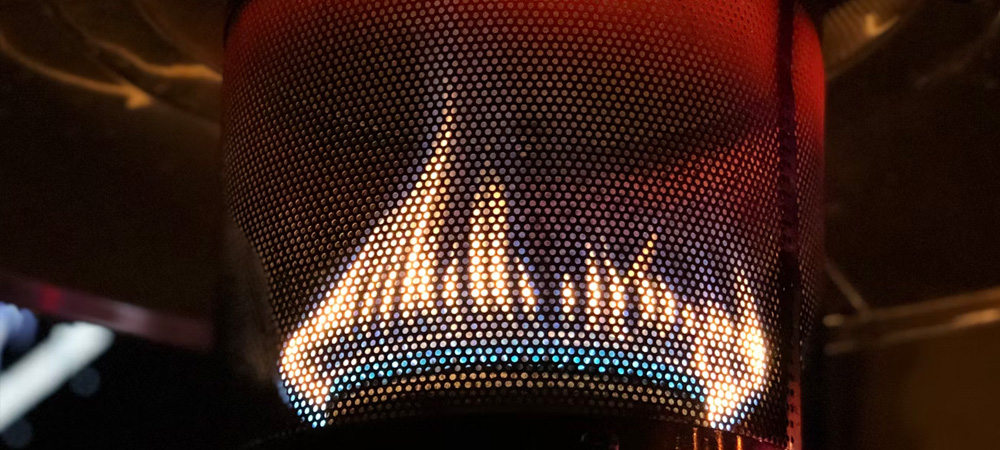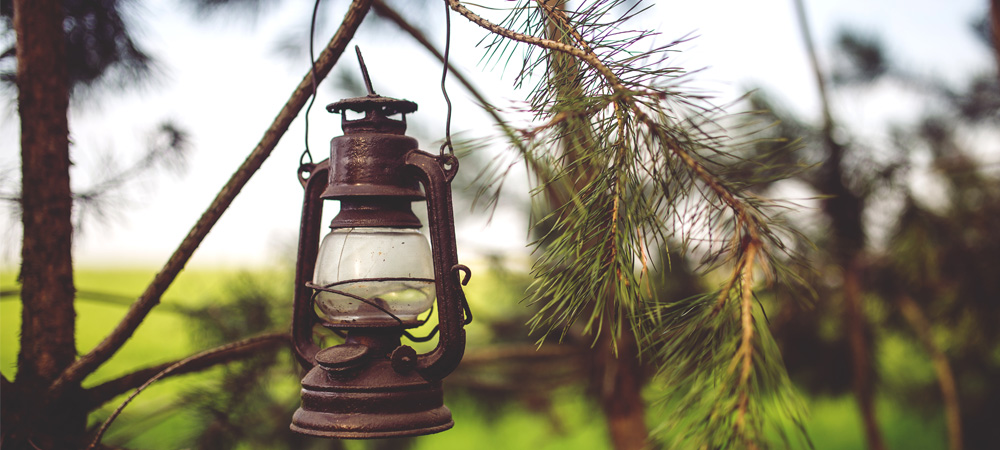Are Paraffin Heaters Safe?

Kerosene has a stronger smell than paraffin, although they are essentially the same in terms of everyday use. Kerosene has a similar melting point to paraffin, but there are some minor variances. Heat characteristics and heating methods are, nevertheless, similar across the two materials. Paraffin and kerosene are the same fuel in this article since the solution to this query is same for both.
One of the primary advantages of a greenhouse heater is that it can be used to warm the greenhouse during the winter months when the sun isn't shining quite so brightly.
A greenhouse heater is an absolute necessity during cold weather since the greenhouse doesn't get nearly enough heat from the sun and can also lose part of its own heat.
The paraffin (or kerosene, as it is more often known) heater is one of several types of heaters that are readily accessible and commonly used. They have the potential to deliver great heating at a low operating cost.
The question is, are paraffin heaters safe to use in greenhouses or not?
Using kerosene or paraffin heaters in a greenhouse is typically safe. They're being put to good use. Consider the following safety precautions before using any heater that uses fuel to heat your home.
Paraffin Heater
Ensuring that the greenhouse is well-ventilated is essential when utilising a paraffin or kerosene heater. Paraffin heaters are the most common type of portable kerosene heater available today. They are designed for optimal efficiency and are less prone to experience incomplete combustion.
However, if the heater's efficiency has decreased, some water vapour and potentially harmful chemicals like carbon monoxide and sulphur dioxide will be produced. Plants can be harmed by the combination of these gases and water vapour. As a result, if the greenhouse has adequate ventilation, an unvented paraffin heater should be used.
Vented heaters are also an option, although their performance is inferior to that of an unvented heater due to the roughness of their burn.
Your heater should be running on 1-K-grade kerosene at all times. Pollutant gases are more likely to enter the atmosphere if you use kerosene of lower quality. Increasing the amount of pollutants in the greenhouse might hurt the plants even if there is some ventilation.
The risk of an explosion is increased when other flammable fuels are used inside a paraffin heater. Use K-1 kerosene and not any other fuel, as previously stated in this section.
It's important to keep the heater clean and rust-free. Keeping your paraffin heater's wick clean is essential if you want it to run properly. In order to avoid soot buildup and the production of toxic gases as a result of incomplete combustion, you may also wish to keep the flame shorter.
Filling the portable heater isn't recommended in the greenhouse, especially close to the plants or any fabric. Once the heater has cooled down, cautiously refill it without filling it all the way to the top outdoors in the fresh air.

How to Find a Greenhouse-Safe Paraffin Heater
The first step in assuring the safety of your paraffin greenhouse heater is the purchase of a safe and adequate heater, even though they were some actions you could do.
As a first step, you should realise that paraffin heaters come in convection and radiant varieties, respectively. Rather of targeting a specific region or surface with a heater's radiant energy, convection heaters may be used to heat a large space, or in this example, a greenhouse. As a result, for your greenhouse, you'll want a convection-type paraffin heater.
Next, a vented heater should be used in a greenhouse as often as possible. A vented heater is especially useful when burning paraffin or kerosene since it allows the exhaust fumes and odours to escape more readily. Sulfur Dioxide and Carbon Monoxide can escape through the vent connection to the heater if there is a leakage.
Ventilated heaters, on the other hand, are less efficient and more time-consuming to put up since you must first install a ventilation system before attaching the heater. Alternatively, a highly efficient, on-the-go non-vented heater is an option. It comes with a wick that can be raised or lowered to your preference. An electric heating mechanism vaporises the kerosene, which is then used to generate heat in the form of a blue flame.
In order to utilise a non-vented paraffin heater, it is necessary to have a way for the combustion gases to exit and for the greenhouse to be ventilated. This may be accomplished by ensuring that the greenhouse has appropriate ventilation. The heater should also be cleaned and maintained on a regular basis.

Paraffin heaters without vents have seen some improvements in technology. Some of them are now using an electric fan to push the hot air out of the room. A laser or electronic ignition mechanism ignites these wickless heaters. They're more environmentally friendly and more efficient than their predecessors. They're more expensive because of the increased priority they place on safety and automation. An example of a paraffin/kerosene heater of this sort may be seen here.
If you're looking for a paraffin heater, here are some important things to keep in mind:
We've already discussed the many safety considerations to be made while selecting a paraffin heater. Now let's have a look at some of the other things to keep in mind while shopping for a paraffin heater.
BTU Rating Based on Greenhouse Size
It is common practise to express a heating device's output in BTUs, a non-SI heat measurement unit. According to your heating needs, you'll want to choose a kerosene heater based on its size and its heat production.
BTU output varies among heaters. The typical output of a non-vented paraffin greenhouse heater is 15000 BTUs per hour. As a result, you'd need to have more than one heater to keep a normal greenhouse warm.
Fuel Tank Size Based on Heat Output Needs
Fuel tank volume and heater heat setting affect how long a heater's combustion will last. The paraffin heater will burn for a longer period of time if the fuel tank is huge. You'll need a larger fuel tank to enable continuous heating throughout the colder months if you want to leave your heater on overnight.
High or low heat settings will decide how long a heater will operate if it has a thermostat for setting heating levels. The heater will operate longer if it is set to a lower temperature, and vice versa.
Convenience
Despite the fact that a vented heater is the optimal heating solution for greenhouses, the portability and superior efficiency of a non-vented paraffin heater make it the better choice. Taking it outside and refilling it is regarded safer than doing it in an enclosed area.
It's also simpler to move the heater outside if it has to be repaired or replaced.
Choosing a paraffin heater for heating the greenhouse has certain safety considerations, but as long as these factors are followed, a paraffin heater is as safe as any other heater.
Browse our other greenhouse heat and insulation related posts below:
 Author:
Author: